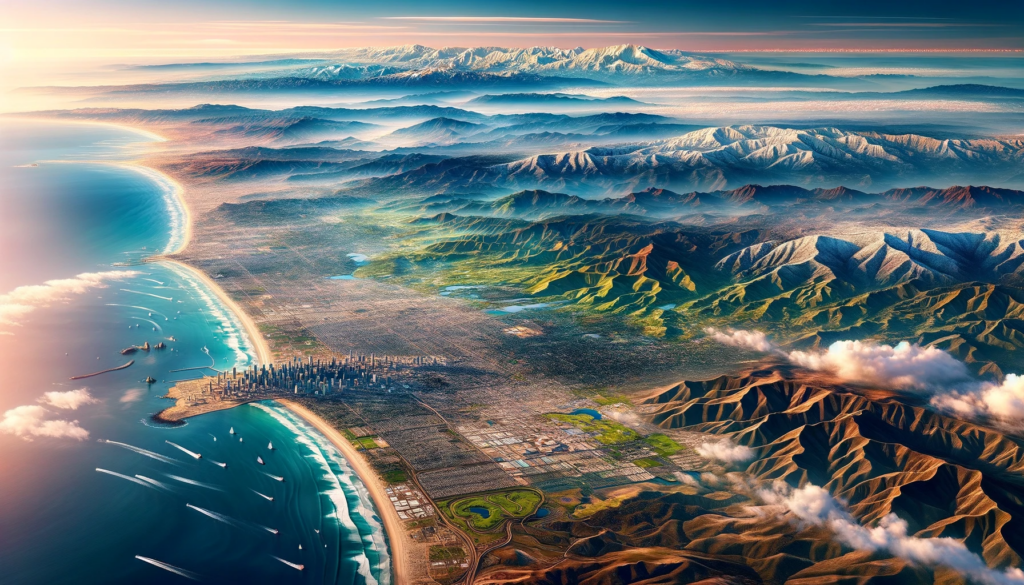San Diego, known for its idyllic climate, is often hailed as having one of the most desirable weather conditions in the United States. However, what many don’t realize is that within this picturesque region lies a complex tapestry of microclimates, each offering its own unique weather patterns. This article delves into the intricate world of San Diego’s microclimates, unraveling the meteorological mysteries that contribute to the region’s diverse climatic experiences.

Understanding Microclimates
A microclimate is a localized climate that differs from the surrounding area, often due to factors like elevation, proximity to water, vegetation, and urbanization. In San Diego, these microclimates are particularly pronounced, thanks to the region’s varied topography that includes coastal areas, mountains, valleys, and deserts.
Coastal Coolness
Along San Diego’s coast, the Pacific Ocean plays a crucial role in moderating temperatures. The phenomenon known as the marine layer, a cool, moist air mass that forms over the ocean and moves inland, often blankets the coastal areas, especially during the morning and evening hours. This results in cooler temperatures and higher humidity levels compared to areas just a few miles inland.
Inland Warmth
As one moves away from the coast, the influence of the ocean wanes, and temperatures begin to rise. The inland valleys and mesas experience a more Mediterranean climate, characterized by warmer temperatures and less humidity. This is where San Diego’s famous sunny and warm weather is most consistently found, making it ideal for agriculture, particularly in regions like the San Pasqual Valley.
Mountain Microclimates
San Diego’s mountain regions, such as the Laguna Mountains and Palomar Mountain, showcase a completely different climate. At higher elevations, temperatures are cooler throughout the year, and the area receives more precipitation. During winter, it’s not uncommon for these higher elevations to experience snowfall, a stark contrast to the beaches just miles away.
Desert Dynamics
To the east, San Diego County extends into the Anza-Borrego Desert, one of the hottest and driest places in North America. Here, the climate is arid, with extreme temperature fluctuations between day and night. The desert microclimate is a stark reminder of the region’s climatic diversity.
Urban Influence
Urban areas in San Diego also create their own microclimates. The concrete and asphalt of the city absorb and retain heat, leading to warmer temperatures. This urban heat island effect can be felt in downtown San Diego and other densely populated areas, where temperatures are often several degrees warmer than in surrounding rural areas.
Conclusion
The microclimates of the San Diego region are a testament to the area’s unique geographical and topographical features. From the cooling breezes of the Pacific Ocean to the arid extremes of the Anza-Borrego Desert, San Diego’s weather is as varied as its landscapes. Understanding these microclimates not only enhances our appreciation of the region’s natural beauty but also informs residents and visitors alike about the best times and places to enjoy America’s Finest City’s diverse outdoor offerings.
